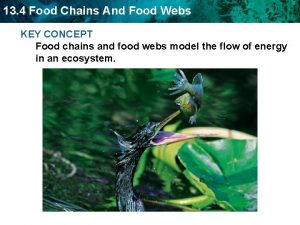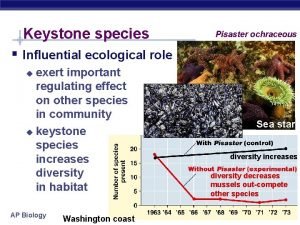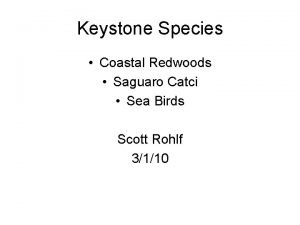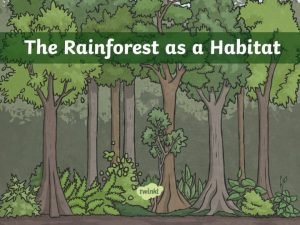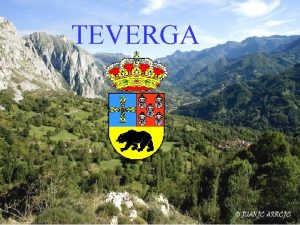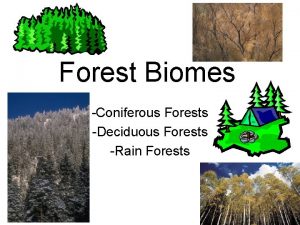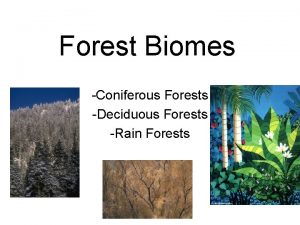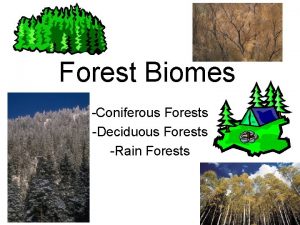Oak Trees Keystone Species in Northeastern Forests Keystone











- Slides: 11

Oak Trees Keystone Species in Northeastern Forests

Keystone species: Organisms on which many other species depend – their removal from an ecosystem would affect many others and disrupt the functioning of the system. The term comes from the keystone in an arch, without which the arch would collapse

Species depending directly on oaks for food include: • Squirrels and chipmunks • Mice • Wild turkeys • Whitetail deer • Blue jays • Insects such as the acorn weevil and acorn moth • Caterpillars, including the gypsy moth

These species, in turn, provide food for predators throughout the ecosystem. For example: birds of prey, foxes, coyotes, even songbirds (feed on caterpillars)

Oaks often host a variety of gall making insects. These lay their eggs on leaves or twigs, stimulating the plant to produce a tumor-like growth around the site of irritation. Cross-section of “oak apple”

Masting • Every few years (“mast years”) oak trees produce an abundance of acorns • During the other years they produce a much smaller crop • The mast years overwhelm the acorn feeders, so many acorns go uneaten • Years later, you may observe stands of even -age trees – the offspring of a mast year • This strategy is adaptive for oaks, because it does not allow a population of acorn feeders to remain high

Understory with even-age chestnut oak seedlings

More acorns in a given fall means… • More deer mice survive the winter and reproduce • More mice = fewer gypsy moth caterpillars • Fewer caterpillars means less defoliation of oaks • More mice = more deer ticks (mice are a host) • More deer ticks = more Lyme disease Fewer acorns = opposite effects

Not all acorns are the same: • Some (such as chestnut oak and white oak) tend to sprout in fall, others (red oak) in spring • Red oak acorns have high tannin levels, making them less palatable • White oak acorns have less tannin, but are also lower in fat – not as valuable for squirrels fattening up for a long winter

Many oaks, such as this chestnut oak, have thick bark that enables them to survive forest fires

Oaks have become more important in the wake of the American Chestnut blight, a fungal disease that wiped out that important tree in the east
 A keystone species is a species of plants and animals
A keystone species is a species of plants and animals 5 level food chain
5 level food chain Which phrase best describes a community?
Which phrase best describes a community? Ecology definition
Ecology definition Keystone species test questions
Keystone species test questions Taiga keystone species
Taiga keystone species Keystone mutualist
Keystone mutualist Symbiosis and species interactions keystone webquest
Symbiosis and species interactions keystone webquest Facts about elephants
Facts about elephants Catci
Catci Gage definition
Gage definition Very dense warm and wet forests
Very dense warm and wet forests

